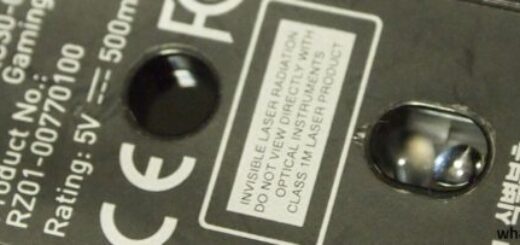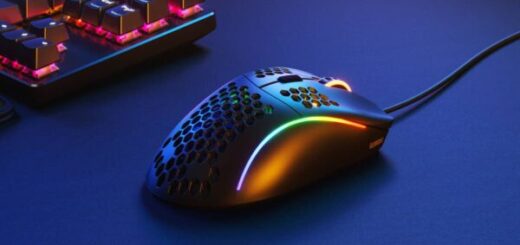If you searched for gaming peripherals recently, you probably noticed that among the specifications of every mouse, there is a polling rate as an important factor of mouse performance and precision. But, what is the polling rate really? Is it really that important or is this just a marketing trick made up by manufacturers?

Polling rate setting on Logitech software.
Polling rate is is a factor that determines how often mice send info to the PC mainboard. It is measured in Hertz, and every value is connected to the lag time. So, if the mouse has a polling rate of 1000 Hz, the response time is 1 ms. If the polling rate is increased, the cursor of a mouse will be updated more often, and this is important when lag time is critical.
For gaming mice, polling rate is important because of the fact that lag time will be shortened, and mice will react faster. You can adjust the mouse polling rate in the control panel, or by using the switch on the mouse itself.
Polling rate is still a theme of great debate among gamers. But, no matter what, a higher polling rate can be very effective, but it is hard to notice the difference between 500 Hz and 1000 Hz. If you set the polling rate too high, you will just waste CPU resources without any effect.
If you consider buying a mouse, don’t rely on polling rate specifications too much, look for additional info about the mouse preferences and rate model with the use of synergy of all these specifications.
The polling rate of 125 Hz is the most stable, and the cursor of a mouse will slide much smoother than a mouse with a higher polling rate. But, if you think polling rate is important, find a mouse with a switch to change the polling rate during the game, it will be a lot easier for you to adjust the polling rate if needed.










The mouse polling must be, at least, twice faster then maximum FPS you have. That is explained by Nyqyist Sampling Theorem. Otherwise will happens notable input lag of a frame or two.
“Suppose the highest frequency component, in hertz, for a given analog signal is fmax. According to the Nyquist Theorem, the sampling rate must be at least 2fmax, or twice the highest analog frequency component.”